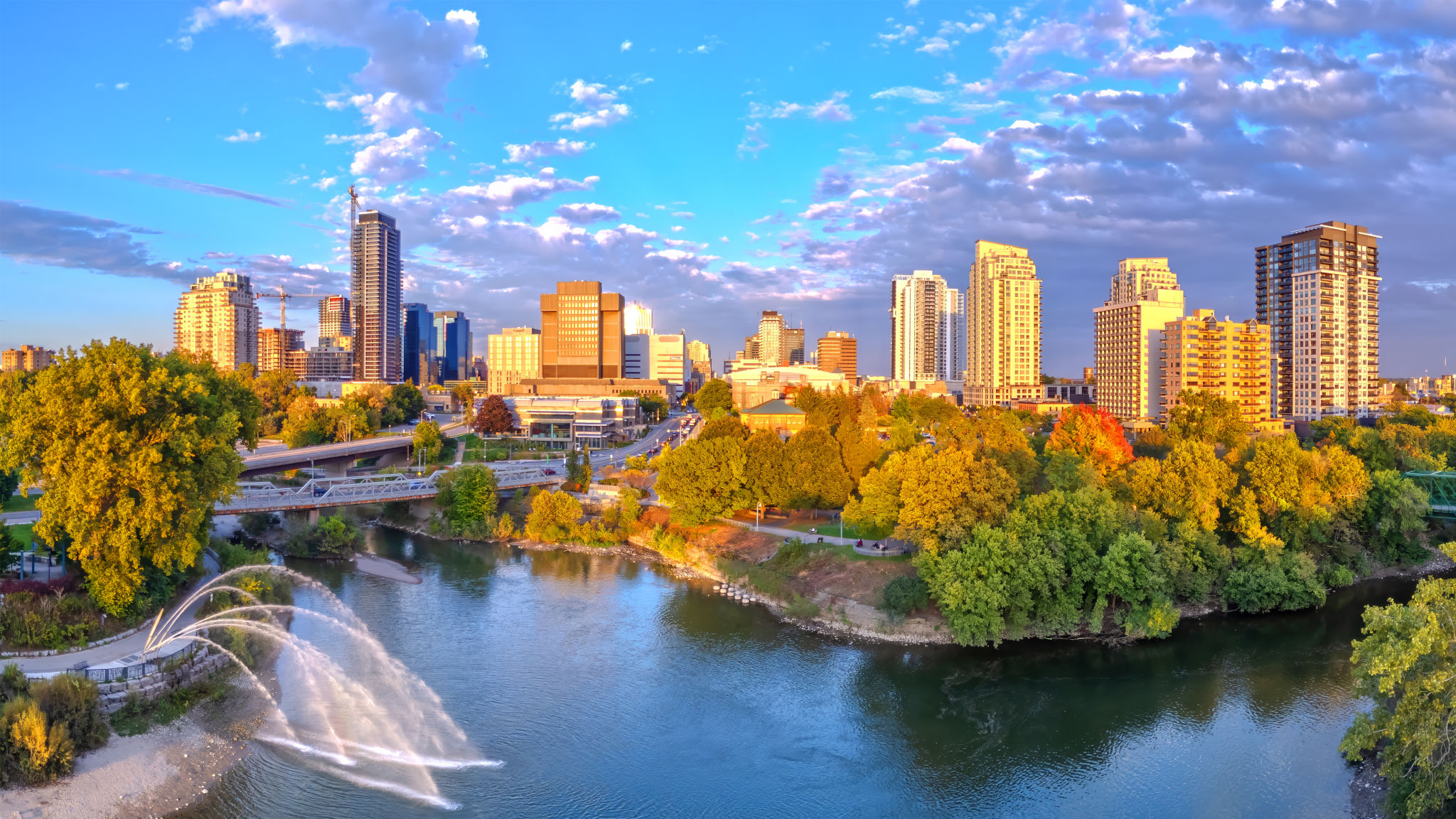Navigating London’s Building Regulations: What You Need to Know
Understanding London’s Building Regulations
London's building regulations are a critical aspect for anyone involved in construction, renovation, or development within the city. These regulations ensure that buildings are safe, energy-efficient, and accessible. Navigating through these rules can be daunting, but having a fundamental understanding is crucial for compliance and successful project completion.

The Importance of Compliance
Adhering to building regulations is not just about avoiding legal issues. It ensures that the buildings in London are constructed to high standards of safety and sustainability. Non-compliance can lead to fines, delays, or even the need to redo work. Therefore, staying informed and compliant is essential for developers and property owners alike.
Building regulations cover various aspects such as structural integrity, fire safety, insulation, ventilation, and accessibility. Each of these areas has specific guidelines that must be followed to ensure that any construction or renovation work meets the required standards.
Key Areas of Focus
When it comes to building regulations in London, there are several key areas you need to be aware of:
- Structural Safety: Ensures the building is stable and capable of withstanding loads.
- Fire Safety: Involves measures for fire prevention, detection, and evacuation.
- Energy Efficiency: Focuses on reducing energy consumption and carbon footprint.
- Accessibility: Ensures buildings are accessible to everyone, including those with disabilities.

The Role of Building Control
Building Control is an essential component in the construction process. They are responsible for ensuring that construction work complies with building regulations. In London, you can choose between local authority building control or approved inspectors. Both serve to assess plans, conduct site inspections, and issue completion certificates once work meets the necessary standards.
It’s advisable to engage with Building Control early in your project to ensure smooth progress. They can provide valuable guidance on compliance issues and help identify potential problems before they arise.
Applying for Building Regulations Approval
Before commencing any major building work, you need to apply for building regulations approval. This process involves submitting detailed plans to the relevant Building Control body. These plans should demonstrate how your project will meet all necessary regulations.

Once submitted, Building Control will assess the plans and may request modifications or additional information. Upon approval, construction can proceed with regular inspections to ensure continued compliance throughout the build process.
Handling Challenges and Changes
During construction, unforeseen challenges may arise that necessitate changes to your original plans. It's crucial to communicate any modifications with Building Control to ensure ongoing compliance. Failure to do so could result in penalties or work needing to be redone.
Additionally, keep abreast of any changes in building regulations, as these can impact your project. Staying informed will help you avoid unexpected delays and additional costs.
Conclusion
Navigating London's building regulations might seem complex, but understanding the basics and engaging with professionals early on can make the process much smoother. By prioritizing compliance, you not only safeguard your investment but also contribute to maintaining London's high standards of safety and sustainability in the built environment.

